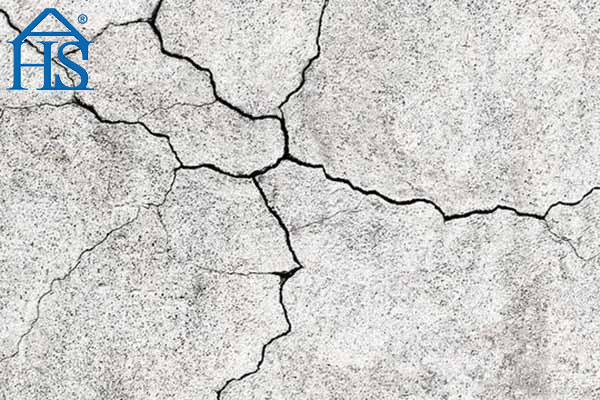Slag powder is a fine-grained byproduct produced during the separation of metal from its ore in various high-temperature metallurgical processes, such as smelting and refining. It is composed of various minerals and compounds, and its specific composition depends on the type of ore being processed and the production methods employed.
Types of Slag Powder
Ground Granulated Blast Furnace Slag (GGBFS)
GGBFS is a byproduct of the ironmaking process in blast furnaces. It is formed when molten slag is rapidly cooled using water, resulting in a glassy, granulated material. When ground into a fine powder, it exhibits cementitious properties and can be used as a supplementary cementitious material in concrete.
Steel Slag Powder
Steel slag powder is a byproduct of the steelmaking process. It is formed during the conversion of iron into steel in a basic oxygen furnace or an electric arc furnace. It is composed of various oxides and has potential applications in the construction and agricultural industries.
Environmental Benefits of Slag Powder
Utilizing slag powder not only makes economic sense but also offers significant environmental benefits. By using slag powder as a supplementary material in various applications, we can reduce the consumption of natural resources and decrease CO2 emissions. Additionally, slag powder utilization helps in waste management by reducing the amount of slag that needs to be disposed of in landfills.
Applications of Slag Powder
Concrete Production
Slag powder is commonly used as a supplementary cementitious material in the production of concrete, enhancing its strength, durability, and overall performance. It can replace a portion of Portland cement, reducing CO2 emissions and lowering the overall cost of concrete production.
Soil Stabilization
Slag powder can be used as a soil stabilizer, improving the strength and stability of weak soils. It can help reduce the risk of landslides, prevent soil erosion, and promote vegetation growth in areas with poor soil conditions.
Agriculture
Slag powder can be applied to agricultural fields as a soil amendment, improving soil structure, nutrient availability, and water retention. It can also help neutralize acidic soils and promote plant growth, ultimately increasing crop yields.
Waste Management
Slag powder can be employed in the treatment and stabilization of hazardous waste. It can immobilize heavy metals and other contaminants, preventing them from leaching into the environment and reducing the risks associated with waste disposal.
Slag Powder Production Process
The production of slag powder typically involves the following steps:
- Collection of slag from industrial processes.
- Rapid cooling of molten slag to form a glassy, granulated material.
- Drying and grinding the granulated slag to a fine powder.
- Quality control measures to ensure the final product meets the required specifications for its intended application.
Properties and Advantages of Slag Powder
Slag powder offers several advantages over traditional materials, including:
- Improved strength and durability in concrete applications.
- Enhanced resistance to chemical attack and reduced permeability in concrete.
- Lower heat of hydration, which reduces the risk of thermal cracking in large concrete structures.
- The ability to neutralize acidic soils and improve soil structure in agricultural applications.
- Waste management benefits through the immobilization of heavy metals and other contaminants.
Silica Fume VS Slag Powder
Silica fume and slag powder are both materials commonly used as additives in concrete and construction applications.
Silica fume, also known as microsilica, is a byproduct of the production of silicon metal and ferrosilicon alloys. It is a very fine powder with high silica content, typically over 90%. When added to concrete, it improves the strength, durability, and workability of the mixture.
Slag powder, on the other hand, is a byproduct of the steel industry. It is created when molten slag, a waste product from steel production, is rapidly cooled and ground into a fine powder. Slag powder is primarily composed of silicon dioxide, calcium oxide, and aluminum oxide. When added to concrete, it can improve the workability, strength, and durability of the mixture.
Overall, the main difference between silica fume and slag powder is their origin and chemical composition. Silica fume is a byproduct of the silicon metal industry, while slag powder is a byproduct of the steel industry. Silica fume has a higher silica content, while slag powder contains a mix of different oxides. Both materials can be used to improve the properties of concrete, but their specific effects may differ depending on the application.
Conclusion
Slag powder is a valuable resource that offers numerous benefits across various industries, from construction to agriculture and waste management. By embracing slag powder as a sustainable and versatile material, we can reduce our environmental impact, conserve natural resources, and promote a greener future.





